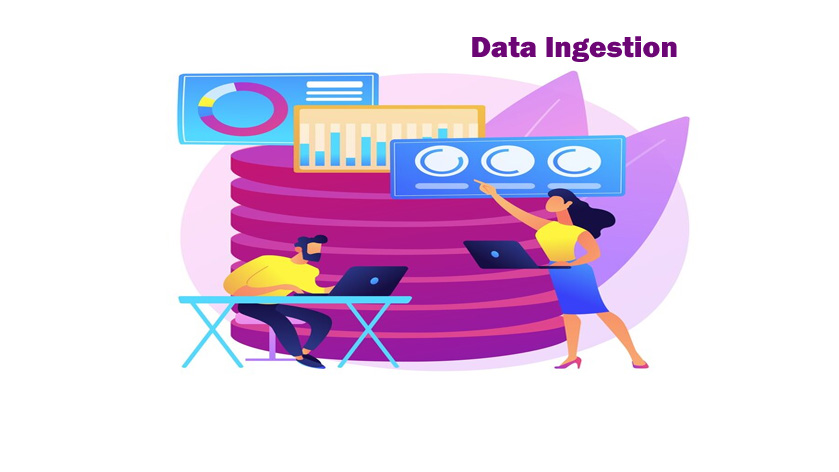Data Ingestion is the method of loading and importing data into a system. It is one of the crucial steps in any data analytics workflow. A company must ingest data from different sources, including CRM systems, social media platforms, Email marketing, and financial systems. Many data scientists will use this process to ingest data because it requires expertise in machine learning and programming languages such as Python. Data sources vary widely, including databases, files, streams, APIs, sensors, etc.
What are the Types of Data Ingestion?
As we have seen, data ingestion is collecting and loading information from different sources in a data warehouse. This entire process has various steps, such as collecting, cleaning, transforming, and integrating the data from disparate sources into individual systems for analysis. There are two crucial types of data ingestion:
Batch ingestion involves collecting the raw information from different sources in one place, which can be used later. This type of ingestion is used when you must use a large amount of information before processing it all simultaneously.
Real-time Ingestion: Real-time ingestion involves collecting and processing data as generated, providing immediate insights and responses.
Methods of Data Ingestion
- Data is ingested and processed immediately as it becomes available. This approach is essential for applications with low latency, such as real-time analytics, fraud detection, and monitoring systems.
- This technique captures changes made to data in real-time and ingests only the altered data rather than the entire dataset. It is applicable for maintaining replicas, system synchronization, and incremental updates.
- Many data platforms provide built-in connections or APIs to ingest data from familiar sources like databases, cloud storage, and streaming platforms.
- It ensures that the data quality of government policies is a crucial aspect of this. Metadata management, data profiling, and validation checks. It maintains data integrity throughout the process.
Conclusion
Adequate data ingestion enables timely and accurate decision-making, supports analytics and machine learning initiatives, and ensures data-driven insights across an organization.

